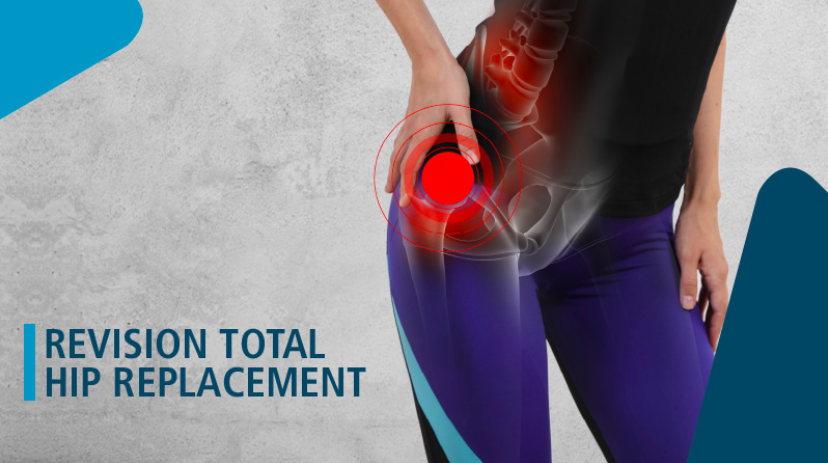
Dr. Pankaj Bajaj
Founder & Director of Neemtree Healthcare Private Limited
MS (Ortho), DNB (Ortho), M.Ch (Ortho) & FSGH (Singapore)
Director – Robotic Knee Replacements, Fortis Hospital, Vasant Kunj, New Delhi
Dr. Pankaj Bajaj has an extensive experience of more than 25 years in the field of orthopedics, Joint Replacement and arthroscopy. Expertise in the field of Total Knee & Hip Replacement & Arthroscopic surgeries. Successfully performed more than 5000+ arthroscopies and 15000+ Joint Replacements.
Problems

Knee Pain
Whether caused by injury, arthritis, or overuse, addressing knee pain promptly can help prevent further complications and improve overall quality of life

Diagnosis
Diagnosis of knee pain typically involves a comprehensive examination, medical history review, and potentially imaging tests like X-rays or MRIs.

Hip Pain
Hip pain can have various causes, ranging from arthritis and bursitis to muscle strains and hip fractures

Diagnosis
Hip pain diagnosis often entails a thorough physical examination, including range of motion tests, coupled with medical imaging like X-rays or CT scans to identify potential causes

Shoulder Pain
Common causes of shoulder pain include rotator cuff injuries, bursitis, tendinitis, and shoulder impingement, requiring proper diagnosis and treatment for relief.

Diagnosis
Shoulder diagnosis typically involves a combination of medical history evaluation, physical examination, and imaging tests such as X-rays, MRI scans, to identify the underlying cause.
Robotic Knee Replacement Surgery
Experience meets technology
Robotic knee replacement surgery is a cutting-edge procedure that uses advanced robotic technology to assist surgeons in performing knee replacement with exceptional precision. This innovative approach allows for a highly personalized surgical experience, as the robotic system creates a 3D model of the patient’s knee, enabling the surgeon to plan and execute the surgery with unparalleled accuracy. Robotic assistance minimizes tissue damage and helps align the knee implant perfectly, which can enhance the joint’s function and potentially increase the longevity of the implant. Patients often experience faster recovery times, less post-operative pain, and improved mobility compared to traditional knee replacement surgery. This advanced method represents a significant advancement in joint replacement technology, offering a new level of care for those suffering from chronic knee pain or arthritis.

Services

Knee Rplacement Surgery
Total knee replacement, commonly referred to as total knee arthroplasty, is a surgical technique wherein artificial (prosthetic) pieces are used to replace certain knee joint components. One option for treating pain and regaining function in an arthritic knee is total knee replacement.

Top Hip Replacement
Total hip replacement is a surgical operation in which artificial implants are used to replace worn-out or damaged hip parts. The socket is changed out for a sturdy plastic cup that might or might not have a titanium metal casing. Your femoral head will be removed and changed out for a metal alloy or ceramic ball. A metal stem that is placed into the top of your femur is connected to the prosthetic ball.

Shoulder Replacement
In a shoulder replacement, the damaged bone is removed and replaced with plastic and metal components (implants). The name of this procedure is also called shoulder arthroplasty.

Revision Knee Replacement Surgery
Revision surgery is different from a primary total knee replacement even though both operations aim to reduce pain and enhance function. It is a longer, more involved process that needs careful preparation, specialized tools, and implants to get a satisfactory outcome.

Revision Total Hip Replacement
Comparing revision surgery to a total hip replacement is not appropriate. The revision total hip replacement process is more difficult and time-consuming. To get a successful result, substantial planning is necessary, along with the use of specialized implants and instruments

ACL Reconstruction
A rupture or sprain of the anterior cruciate ligament (ACL), one of the powerful bands of tissue that aids in connecting your thigh bone (femur) to your shinbone, is referred to as an ACL injury. Sports involving abrupt stops or changes in direction, jumping, and landing, such soccer, basketball, football, and downhill skiing, are the most typical culprits for ACL injury

Medical Excellence
What Is Knee Replacement Surgery ?
Knee replacement surgery is a procedure where a damaged knee joint is replaced with an artificial joint made of metal and plastic. It is performed to alleviate chronic knee pain and restore mobility in individuals with severe arthritis, joint deformities, or trauma. The surgery involves removing damaged cartilage and bone from the knee joint and replacing it with an artificial implant that mimics the natural movement of a healthy knee. Recovery typically involves rehabilitation and physical therapy to regain strength and range of motion. Knee replacement surgery has a high success rate in reducing pain and improving functionality, allowing individuals to resume daily activities with increased comfort. Preoperative evaluation and consultation with a healthcare professional are crucial for determining the suitability of the procedure for each patient.
Patients Videos
FAQS
Hip replacement surgery, also known as total hip arthroplasty, is needed when the hip joint has been damaged due to a variety of conditions, such as osteoarthritis, rheumatoid arthritis, hip fractures, or congenital hip dysplasia. The surgery involves removing the damaged joint and replacing it with a prosthetic joint, which helps to reduce pain, improve mobility, and restore quality of life.
The amount of walking after knee replacement surgery can vary based on several factors, such as the patient’s overall health, the type of procedure performed, and the rate of recovery. However, most patients can expect to walk with the assistance of a walker or crutches for the first few days to a week after the surgery. Gradually, patients can increase their walking distance and activity level, with the goal of returning to normal activities, within 2 to 6 months after the surgery. It is important for patients to follow the postoperative instructions and rehabilitation plan provided by their doctor to ensure a safe and successful recovery
Total shoulder replacement surgery is performed to relieve pain and restore function in individuals with severe shoulder joint arthritis or a shoulder joint that has been damaged due to injury, trauma, or a previous joint replacement surgery. The surgery involves removing the damaged bones of the shoulder joint and replacing them with artificial components, which can help to reduce pain, improve range of motion, and restore mobility to the shoulder. The goal of total shoulder replacement is to improve quality of life by reducing pain and restoring function in the shoulder. It is typically recommended for individuals who have not been able to find relief from other treatments, such as physical therapy or medications
Sports injuries are caused by a variety of factors, including overuse, improper training techniques, inadequate warm-up, insufficient rest, poor equipment, and direct contact or collision. Other contributing factors include muscle imbalances, previous injury, and genetics.
Physiotherapy has numerous benefits for physical and mental health, including: pain relief and management, improved mobility and flexibility, recovery from injury, prevention of future injury, improved posture and balance, enhanced athletic performance, and reduced stress and anxiety.
Total Shoulder Replacement (TSR) and Reverse Shoulder Replacement (RSR) are two types of surgical procedures used to treat shoulder joint problems such as arthritis, rotator cuff tear, and other shoulder joint injuries.
Total Shoulder Replacement involves replacing the damaged parts of the shoulder joint with artificial implants. This procedure is typically used for patients with arthritis and other conditions that cause joint degeneration.
Reverse Shoulder Replacement, on the other hand, involves swapping the positions of the ball and socket in the shoulder joint. This procedure is typically used for patients with irrepairable rotator cuff tears or other conditions that limit the use of the shoulder.
Both TSR and RSR can provide relief from shoulder pain and improve shoulder function, but the best option for a particular patient depends on their specific medical history, type and severity of their shoulder problem, and their individual needs and goals. It is important to discuss the benefits and risks of both procedures with a qualified shoulder specialist to determine the best option for you.
